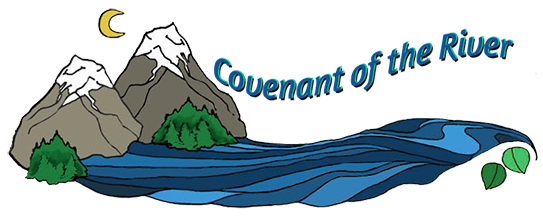Who among you has ever made a special dish when not feeling well, in order to make yourself get better faster? At the very least we’ve all heard the cliche of chicken soup when someone is sick right?
This concept is nothing new, and it’s not just “old wives tales”. In fact there are cultures who have their entire cuisine based around this concept of food being medicine, or being essential to optimal health. Of course today there is an entire field of food science dedicated to finding out why a food is good or bad for you, and searching for the optimal human diet. But I’m talking about cultures that have been practicing this for hundreds or even thousands of years.
Chinese Medicine is probably the most well known example of this, balancing the body with Yin and Yang foods, but also working with the various flavors of spice, bitter, sour, sweet, and savory to adjust the body to counter what ails it. But less known are other cultures that based their entire cuisine upon similar ideas. Many Native American tribes of North America used food to keep the body healthy and in balance as well. Ancient Greece and Rome also had this concept with many recipes we have from that age specifically including the ailments it is good for treating. Pliny the Elder wrote: “Garum is [an] exquisite liquid. . . a choice liquor. . . it’s capabilities of healing all form of ailments is well known.” Gallen a well known physician at the time wrote: “Garum can be used to treat ulcers, dysentery, and sciatica. It regulates the bowel, and gives one energy and vitality.” And while this is just one food item they wrote of, they wrote this way about many, many foods.
Even in Dark Age Europe many recipes took on a tone of magic spell rather than what we would consider a traditional recipe today. In fact some nursery rhymes originate with those recipes: Peas porridge hot, peas porridge cold, peas porridge in the pot 9 days old. A simple recipe for soft porridge of peas and root vegetables that could be kept for up to 9 days by reheating it each day to boiling.
Okay, so the ancients had some ideas about health and diet, so what? Well, modern food science is starting to acknowledge that while they may have gotten a lot of the “why’s” wrong of what it does inside the body, they weren’t too far off on the ideas of which nutrients help keep us healthy. And any food culture that works on the concept of balance automatically had a leg up on keeping people healthy. “Overall, these beliefs and attitudes shape the food culture of the study population into one that greatly values both eating pleasure and healthy eating. The importance of traditional beliefs about the hot-cold properties of food in this study population is consistent with findings from previous studies in many regions of the world including Asia . . . and can lead to a properly balanced diet.” (Inam et al., 2003; Manderson, 1987; Mellin-Olsen & Wandel, 2005; Wandel, Gunawardena, Oshaug, & Wandel, 1984; Wu & Liang, 2018)
So I say cling to your food cures and traditional recipes. As long as they have not been fully debunked by modern science, and they are safe to eat go for it. I know I have my favorite coldbuster soup which for me works wonders. You are not alone in your belief in food to heal, and science is starting to say there may be something to it. We’ll bring more on that next time it’s my turn to blog. 😉
Coldbuster Soup:
Saute 1 large diced white or yellow onion in olive oil, add 4-8 large cloves minced garlic and reduce heat, add 1 liter of your favorite broth, add 1 tsp oregano, 1 tbsp of ground nutmeg, 1 tbsp ground ginger, 2 tsp ground cayenne pepper, 1 tsp turmeric, pinch of salt and black pepper as well as basil to taste. Drink it while piping hot.
